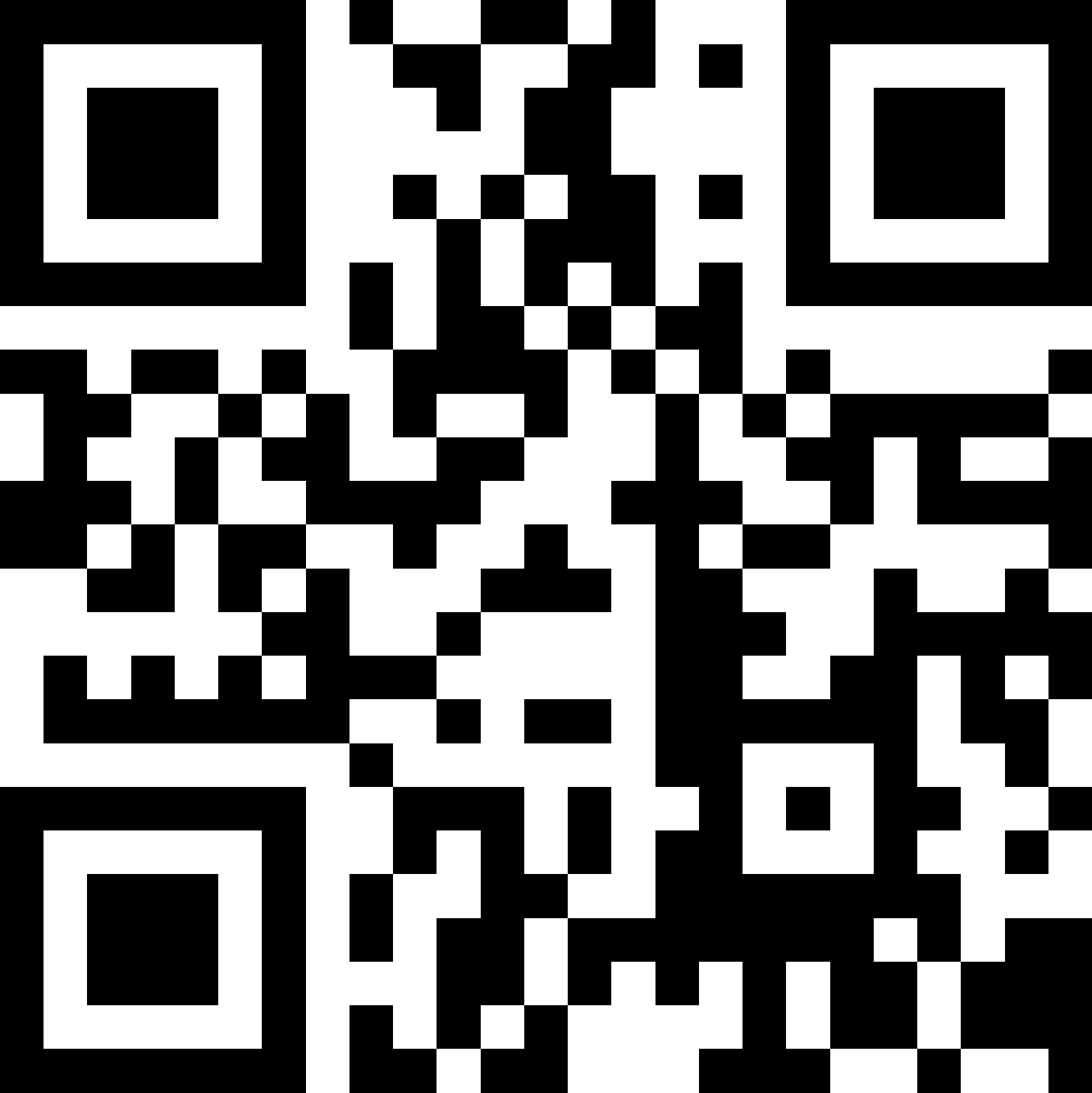QR Codes Don't Matter
... Or "Don't Invest in Geeky Stuff Nobody Uses" <rant>
Gosh I hate these things.
Well, okay, why?
Do you know what this is? Most people don't. It's a Quick Response (QR) Code.
They're super geeky, two-dimensional bar codes that were created back in 1994 that are devoid all branding. They found a purpose with smart phones once they were capable of browsing the Internet and taking pictures.
Now, if you download a special app that translates the bar code, it can convert it into a hyperlink that allows you to jump to a web page on the Internet, or, download programs.
As of 2013, less than 13% of all adult American cell phone users actually scanned a QR code. Uh, guys: that's like saying 87-percent of a market doesn't even know what to do with them, and they've been out now for nearly five years. Kids, that's a terrible adoption rate. Why would you ever use something that 87-percent of the population is clueless about?
Such low adoption hasn't prompted OEM's to include native software on their devices. Example: Apple and Samsung have yet to ship a native QR code reader, either, so you've got to know what software to use on your smart phone to make them work. They just don't magically work.
Strangely, a lot of marketers don't know what to do with them, either.
- They put them on a website. Why? So that some idiot can point their cell phone at a monitor, translate it, and then go somewhere on their cell phone? Duh.
- They put them on their business card, as if somebody is going to scan the QR code from the business card instead of typing in the website they already see on the card, or, scanned in already using Optical Character Recognition (OCR). Most people are going to type in the URL they see in an email address into a browser anyway. So why? Duh.
- They put them on their doors or storefront so that, when they're scanned, the user is brought to their webpage. Well, yes - we knew about your store, that's why we're here. We didn't have to leave home for that? Duh.
- They put them on a billboard that just redirects the user to a branded website. What extra value is that? So that some idiot can drive ... DRIVE!, whip out a phone, select an app, focus on the moving billboard ... CRASH! Duh.
- They put them on a box of purchased goods that the consumer takes home. Instead of a clever QR Code that could redirect the consumer (along with all of the purchase data) to a return process to be conducted online - I mean, real utility here - they're directed to the website of the company. Duh.
Furthermore, their use is redundant to things that people already understand, like smart phone apps. You can use apps easier than you can QR codes, so why would you ever want to point your phone's camera at one?
</rant> Okay, So Where Do QR Codes Make Sense
QR Codes make sense if you're doing something like this:
- Speaks to Youth. Marketing to kids, teenagers, and young adults, who're more apt to understand what to do with a QR Code - and have the software on their mobile device - than an adult. Their adoption rates are also higher.
- Extends Value. Example: imagine looking at a package of coffee on a retail shelf. Next to the retail pricing is a QR Code. The user scans it and they can be brought to a branded 30-second video that explains this specific coffee, where it was grown, who it was grown by, and what's the value in purchasing the coffee. Or in a museum where a 2-minute long video presentation can talk about a painting with a qualified art historian, and save your museum big bucks on having a couple of those people hanging around all day? Or how about on a menu? Scan the QR Code to see the full supply chain for that pork you're about to consume: from farmer, to processor, to distributor, to restaurant ... dates, times, quality, freshness. Hell, you'll know where your pig came from and eat in confidence. Notice that the QR Code extends information that adds value to the transaction.
- Captures Data. Instead of directing the user to a website, how about to a form to capture information about who clicked? What's your name, telephone number, purpose, and email, and can we call you back? Get a hold of you? The geo-tag of the scan (the GPS coordinates for where the scan was taken) as well as the technical information behind the device being used. The data can then be added to an active list or CRM package to facilitate customer contact, data analysis, or data mining.
- Initiates a Purchase Online. See something. Snap the QR Code. Purchase it directly.
- Provides a Utility. Like I was saying earlier, if a QR Code was printed on a receipt or a shipping container, why can't the QR Code leap the user into an authorized return process for the specific receipt that could be conducted from the cell phone? Why can't I just scan a QR Code on an envelope when I receive a piece of mail to confirm my receipt with a second factor of authentication, like, a password or a PIN number? Why can't I scan your company's QR Code to download an app?
Where To Go From Here
So, okay. Maybe I've convinced you that geeky stupid QR Codes isn't something you need to invest in. Cool. All the better.
But if you're still hip on using them, think about the stuff I mentioned earlier. How does every scan provide value and differentiation between you and your competitors? How do they facilitate engagement or foster self-service? And the next time you want to have a QR Code and just point it at your website, please ... think again. It's a pointless exercise if I can just click on a hyperlink and get there faster and easier. Don't make the obvious more difficult.
Okay. I'm done. Thanks for reading.
R


